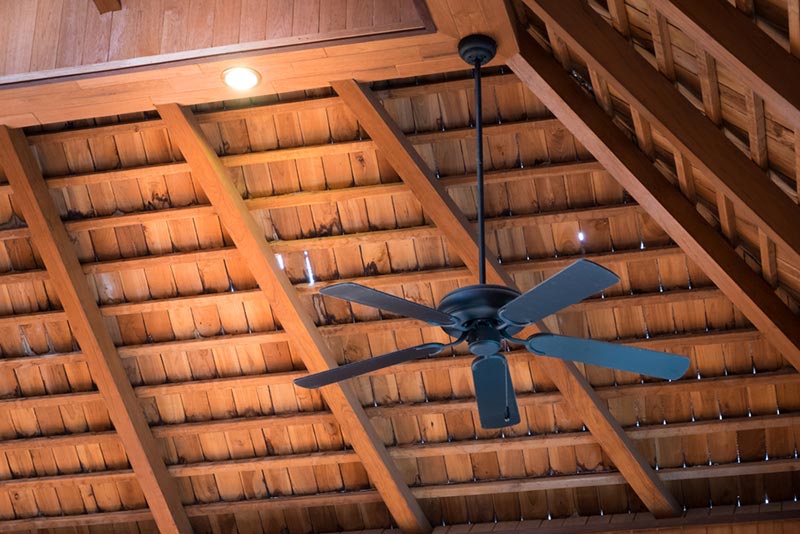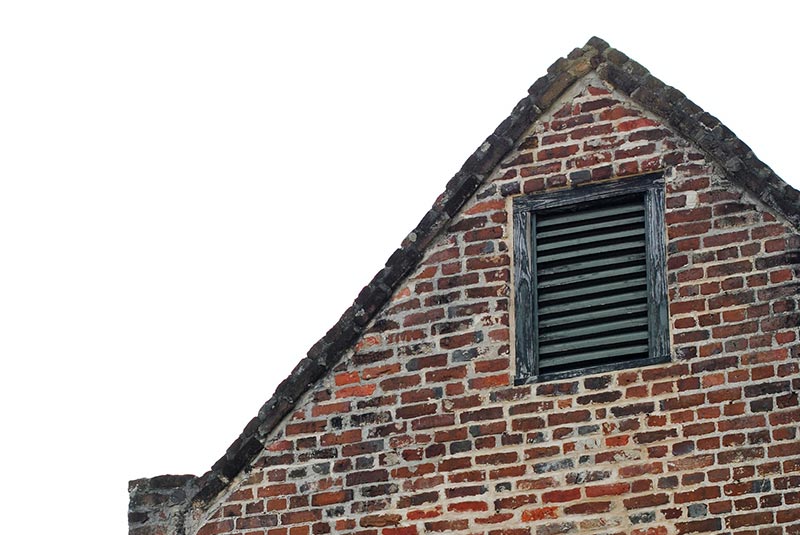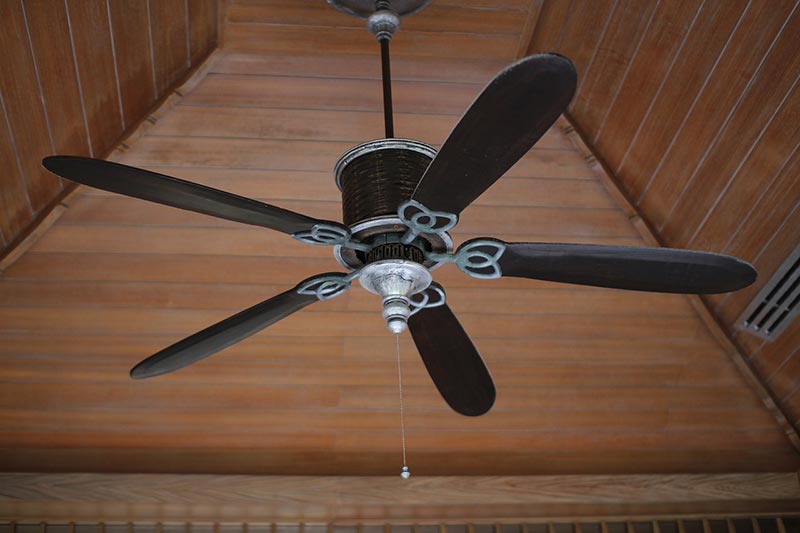What Are Attic Fans? Types & Facts
-
Pete Ortiz
- Last updated:

You’ve probably noticed that many homes have a fan connected to their roof or gable wall. These attractive fans are called attic fans, and they help your attic stay cool, fresh, and dry throughout the year. There are several types of attic fans, and each one provides an efficient solution that will serve you for over a decade. They work by simply pushing humid, stale, and hot air out of the attic and drawing in fresh air from the outside.
If you are wondering how exactly these attic fans work to keep your attic cool, keep reading the article below; we include an intriguing and helpful explanation.
How Does It Work?
The purpose of an attic fan is to move cool and fresh air into your attic, with no windows. This system provides the necessary ventilation and airflow to your attic as an addition to your HVAC system. The attic fan works by pushing in the air from the outside into your attic and drawing the stale and hot air outside through attached dormers.
Attic fans must be installed in the attic, especially during summer when temperatures in attics exceed 160°F. Many homeowners decide to install an attic fan since it is a durable and energy-efficient solution, providing your attic with natural airflow and cooler air.

What Does an Attic Fan Do?
Attic fans serve a critical role in maintaining a healthy environment in your attic. During winter days, these ventilation systems allow the natural flow of outdoor air to enter the attic, keeping it warm enough to prevent ice dams from forming on the gutters or the roof. A fan keeps your attic ventilated during summer days, drawing humid air outside. This is crucial for your attic since moist and stale air can cause multiple problems in your attic, walls, and roof.
What Are the Different Types of Attic Fans?
Electric Attic Fan
The electric attic fan is the most commonly used because of its excellent energy-efficient properties. You can see these fans installed on roofs or gable walls; since they are electric, they are hardwired into the electrical system. The fans are usually connected to a thermostat.
If you set the thermostat to maintain the attic at a specific temperature, the attic fan will turn on as soon as the temperature exceeds the setting. The electric attic fan stays off until it needs to work, which saves energy and money.
Non-Mechanical Attic Fan
Non-mechanical attic fans are usually found in older homes, and you may also know them by the name “gable vents.” These attic fans are installed on the gable wall, which is the attic’s wall near the roof’s peak. While the fans are very effective at providing excellent airflow in the highest airspace of the attic, there are sometimes hot spots that form with a lack of air movement. This is why these non-mechanical attic fans are usually paired with other types of attic fans.

Solar Attic Fan
Solar attic fans are pretty similar to electric fans, except they don’t run on your home’s electrical system but on integrated solar panels. Since these fans run on solar energy, they usually don’t have a thermostat connected and stay turned on as long as there is sunlight to provide them with enough energy.
If you choose to go for solar attic fans, you will need an unobstructed sunlight source to provide enough power. The solar attic fans may be a bit more expensive, but they are a rewarding upgrade for the long run, saving you from any future electrical bills.
Wind-Powered Attic Fan
Wind-powered attic fans are an excellent solution for homeowners looking for a low-cost, passive solution. They are mounted on the roof, working without affecting your bills. These attic fans are powered entirely by wind, which provides motion to the outside turbine, leading cool air into the attic. Wind-powered attic fans are much more affordable than any other attic fan. Although they are less powerful, they are still very effective at providing enough airflow into the attic.
Advantages of Attic Fans
There are many beneficial properties of attic fans. These interesting contraptions give your attic enough airflow and fresh air to maintain a healthy environment. When you allow for natural airflow throughout your attic, you provide cool and fresh air, which will, in turn, cool the temperature throughout your entire home. Installing attic fans will significantly improve the overall quality of your home, reducing the risk of mold development, wall and roof damage, and damage to your gutters and shingles during winter.
While they provide your attic with powerful ventilation, they still stand as one of the most cost-effective options. This long-lasting solution will keep your roof and attic healthy for a prolonged time.

Disadvantages of Attic Fans
While installing attic fans in your home has solid advantages, some drawbacks could be significant. The first crucial thing to remember is that for the attic fan to work correctly, your attic must have decent insulation. Without adequate insulation, the attic fan won’t perform as effectively.
Another drawback is that these gadgets tend to be expensive depending on the attic fan you want to install. If you are installing an electrical or solar-powered fan, you may need to invest more money, although you will save energy in the future.
It is essential to install attic fans correctly to prevent mold from developing. If your attic fans are not properly installed, they can become the entryway for pests, water, and even carbon monoxide gas.
Frequently Asked Questions (FAQ)
Should You Keep Your Attic Fan on During Winter?
Attic fans have many benefits, including keeping your home safe during winter. When your attic becomes too hot or humid during winter, with a drastic temperature contrast to the outside, snow will begin melting on the roof. The problem will arise when that snow drips down your gutters and freezes at a certain point, creating an ice dam. That is why it is crucial to maintain a cool attic, even during winter, with the help of attic fans.
How Long Do Attic Fans Last?
Attic fans can have a life span of about 15 years. For a durable, long-lasting attic fan, it is essential to bring in an HVAC technician to do any repairs needed, clean the fan shutters, and wash the fan blades.
Conclusion
Attic fans are excellent energy-saving installments that many homeowners love. These fans are popular because they provide cool and fresh air to your attic, even during the summer. They also help maintain a healthy, mold and ice-free attic during winter, all while being cost-effective. Once you install attic fans, you won’t have to worry about your monthly electric bills, as attic fans are efficient and reliable solutions.
- Related Reads: How Does a 3-Way Switch Work? What You Should Know!
- What Is an Attic Fan and What Does an Attic Fan Do?
- About Attic Ventilation | ENERGY STAR
- Types of Attic Ventilation – US Home Filter
- Attic Ventilation Fans Pros and Cons: Will They Save Electricity? – Energy Texas
- Do Attic Ventilation Fans Really Work? | Constellation.
- How Long Do Attic Fans Last? | Byers
Featured Image Credit: korkeng, Shutterstock
Contents



